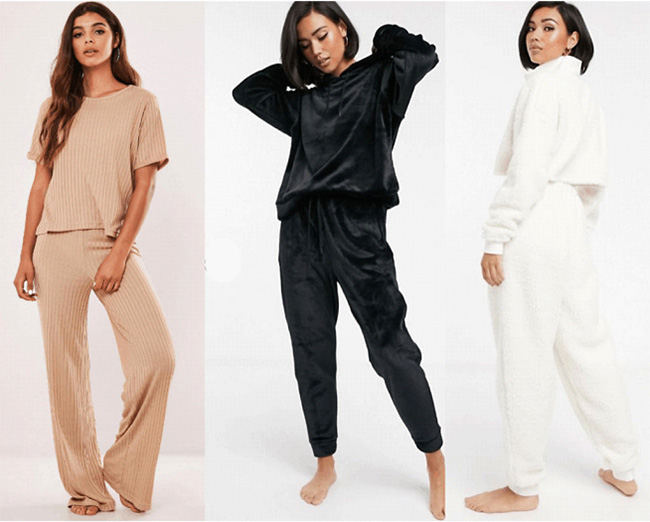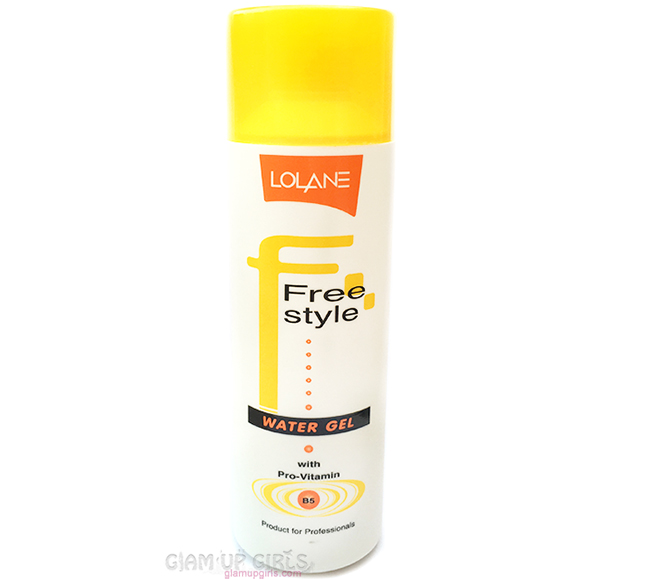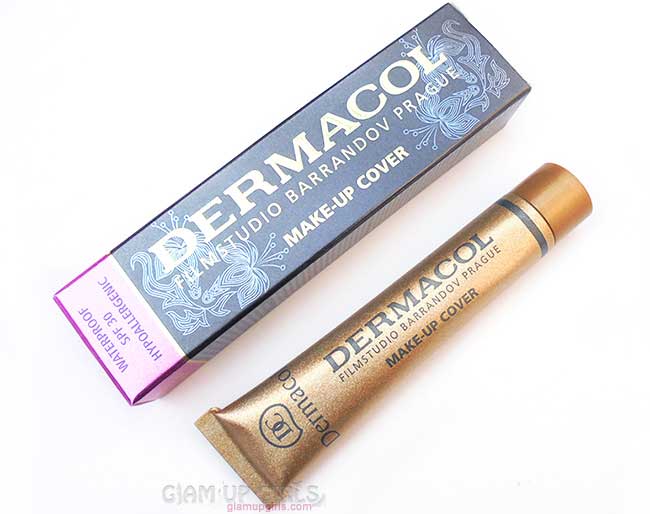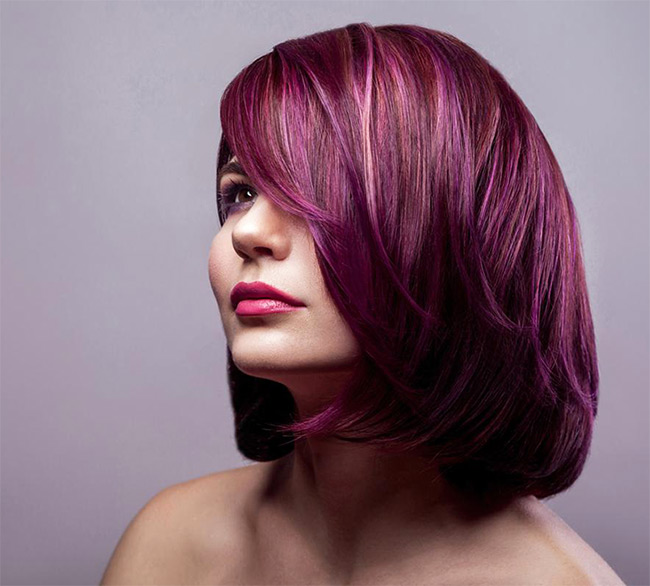Deficiency in nutrients and excessive intake of fast and oily food will not only damage your internal health but also effect your skin and hairs tremendously. There can be many factors, your hairs are falling, dry, brittle, have split end, dandruff, and many more. Today we are sharing a guide to know about your hair health and how to improve it easily.
Post Contents
- Few Interesting Facts About Hairs
- Reasons for Different Hair Types
- Tips to Improve your overall hair health
- Tips for Shampooing
- Tips for Conditioning
- Tips for Hair Styling Products
1. Few Interesting Facts About Hairs
- Physiologically, the hair are dead and only the root is growing but still they can be a barometer of your general state of health.
- All hairs on the body are produced from small nodules (papilla) at the base of follicles (small indentations) in the skin, which are connected to a blood supply.
- In the scalp, the size of the follicle dictates the thickness of the hair while its shape determines whether the hair is straight, wavy, or curly.
- Hair mainly comprises of a protein called keratin. It has a lifespan of between a few months to several years before falling out, depending on diet and treatment of the hair.
- Follicles rest for up to six months before producing a new hair. There are 100,000–150,000 hair follicles on the head while every day between 50 and 150 hairs are lost.
- Hair grows at the rate of about a ½ inch (1 centimeter) per month, a little faster in warm weather.
- The maximum length of hair is normally 3 feet (90 centimeters) but there are exceptions to this with one recorded case of hair growing to 10 feet (3 meters) long.
- Eyelashes are the only hairs on the body that do not turn gray with age. There are around 200 lashes on each eye.
2. Reasons for Different Hair Issues
1. Dry hair can either be because your glands are under-active, or you’ve damaged your hair with chemical treatments, heated appliances, harsh handling, or overexposure to the sun. Often, curly hair is dry as the natural oil tends to stay at the root instead of working its way down the hair length.
2. Fine hair is more likely to be greasy because there is less hair to soak up the sebum. Hormonal imbalances speed up oil production, as can poor diet, stress, over handling, and even cold weather.
3. Combination hair is greasy at the roots and dry at the ends. The longer your hair is, the more it becomes dry and brittle due to harsh treatment, while the roots stay greasy.
3. Tips to Improve your overall hair health
Dry hair has split ends, is of rough texture, and can be frizzy. Over use of hair dryers, heated gadgets, bleaching, and UV rays all leech moisture from the hair shaft, exposing the central core to the elements. Blocked hair follicles that prevent the natural oils from moisturizing the hair shaft can also be a cause of dry hair.
i. Avoid Hot Hair Tools
First of all minimize the use of heated gadgets, do not use the hottest setting, and stop while the hair is still slightly damp. Try to use heatless curl method instead of hot rollers. Avoid styling products containing isopropyl or ethyl. When using wax, gel, or serum, less is more. Applying too much to the front, especially, will make the hair look greasy. Serum is best for creating a smooth glossy finish while wax is used to define and separate the hair. Do not use wax on long thick hair or it will make it look greasy and tangled.
ii. Importance of hair massage
Hair suffers from a lot of wear and tear resulting in split ends. Many products claim to repair split ends but the best remedy is a regular trim. To have healthy hair, the scalp must be firm and supple. Poor circulation to the scalp is the cause of many hair problems. Good blood flow and lymphatic circulation to and from the scalp prevents toxic build-up. Massaging the scalp with good hair oil, will help circulation and give nourishment to the hair follicles. However brittle hair can be caused by illness, or by some prescribed medicines. It can look smooth and soft but can break easily.
iii. Deal with Dandruff
Dull hair is mostly due to product overload. Occasionally use a detoxifying shampoo to remove product build-up. Flakiness without itching or oiliness is the symptom of real dandruff. Dandruff can also be caused by seborrhoeic dermatitis that produces an
itchy scaly rash on the scalp, eyebrows, beard, chest, back, or groin. Everyone has a small quantity of yeast on the skin but people with dandruff have a large amount.
For mild dandruff, shampoo regularly with a gentle anti-dandruff shampoo. For more severe problems, use shampoos containing coal tar, pyrithione, selenium, sulphide, or anti-fungal agents such as ketoconazole. These products reduce flaking and help to control the excess yeast cells present. There is a wide range of shampoos available containing these products and only by trial and error will you find the one that best suits your problem.
Use special treatment shampoos only while the problem persists, as they dry out the hair. If over-the-counter treatments do not clear up the problem in a couple of weeks it may be necessary to consult a doctor to avail of stronger products available by prescription.
iv. Brush or Comb Properly
Also it is important to wash the hair properly. With a wide toothed comb or a bristle brush, comb or brush the hair to remove tangles and any surface dirt before washing. To avoid splitting hair, start combing the ends first and work your way upward. Do not start at the roots. Avoid brushing or combing hair too frequently during the day as this creates static and can cause the hair to split.
To avoid static from hairbrushes, keep them squeaky clean by washing with a drop of shampoo and warm water. Or sprinkle some baking soda directly onto the brush or comb and then spray with vinegar. This will create a foaming reaction. Leave for 5 or 10 minutes and rinse clean.
4. Tips for Shampooing
Never wash the hair in bath water; use a shower attachment. A rich creamy shampoo is best for hair that has been chemically treated with a perm or color. Thoroughly wash and rinse hair as soon as possible after swimming. If salt water dries on hair, it can cause mineral deposits to build up.
To wash hair, first soak with warm water to wet the hair thoroughly. Put a small blob of shampoo on the palms of the hands and smooth it over the hair gently. Massage the shampoo into the scalp and down to the ends of the hair. Do not rub. If your hair is long, only lather the scalp, the rest will be washed with the soapy water as you rinse. Rinse thoroughly until the water runs clear. Unless the hair is very dirty, one shampoo wash is sufficient.
A lot of lather means the product is high in detergent and extra care must be taken to make sure it is all rinsed out. Avoid tangles by letting the hair fall straight and naturally. Wet hair is weaker and more easily damaged than dry, so treat gently. Dry hair and scalp should be rinsed in warm water to stimulate oil production. With oily hair, cool water is recommended.
5. Tips for Conditioning
All hair types appreciate a conditioning rinse. Normal and fine hair will benefit from a weekly treatment, while dry and chemically treated hair will need an application after every shampoo. After washing hair, blot dry with a towel and then gently comb conditioner
through the hair. Leave for a few minutes before rinsing thoroughly.
Choose the conditioner to suit your type of hair. Conditioner may only need to be used 2–3 times a week. Shampoo basically strips the hair of grime and natural oils while conditioner lubricates. Since they work in totally different ways, shampoo and conditioner combined products should only be used occasionally. Intensive conditioning treatments can be given to hair about once a month. These are designed to penetrate deeper than ordinary conditioners and are not rinsed out after applying.
6. Tips for Hair Styling Products
If using a body-building gel or mousse to give volume to lifeless hair, do not use it on wet hair as it will make the hair go limp. Water will dilute the active ingredients in the gel or mousse. Instead, towel dry hair to remove excess moisture, then massage the gel or mousse into hair and style as usual. Use mousse or gels sparingly as they can cause build-up that will dull hair and weigh it down.
Hair can stretch up to a third of its length when wet but returns to normal when dry. However, if hair is wrapped around tight rollers or small brushes when blow-drying, this can make the hair brittle. Do not keep hair tied back tightly constantly as this can lead to thinning around the hairline.
Where possible, let the hair dry naturally, but not in the sun as the wet hair absorbs the ultraviolet rays and can damage the hair. Turn your head upside down and use your hands to shape and lift the roots for volume. When feeling unwell and unable to wash greasy hair, warm a clean towel and rub the hair vigorously with it for a few minutes. It will look freshly groomed. Keep the hair covered in very hot, cold, or windy weather.



































